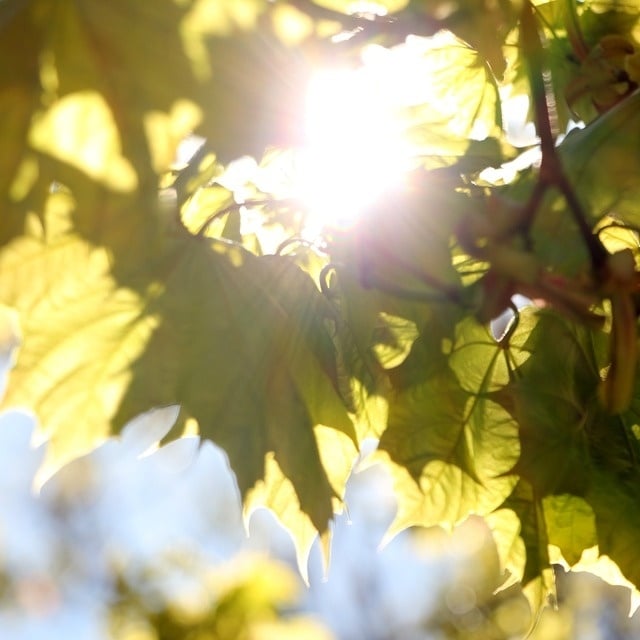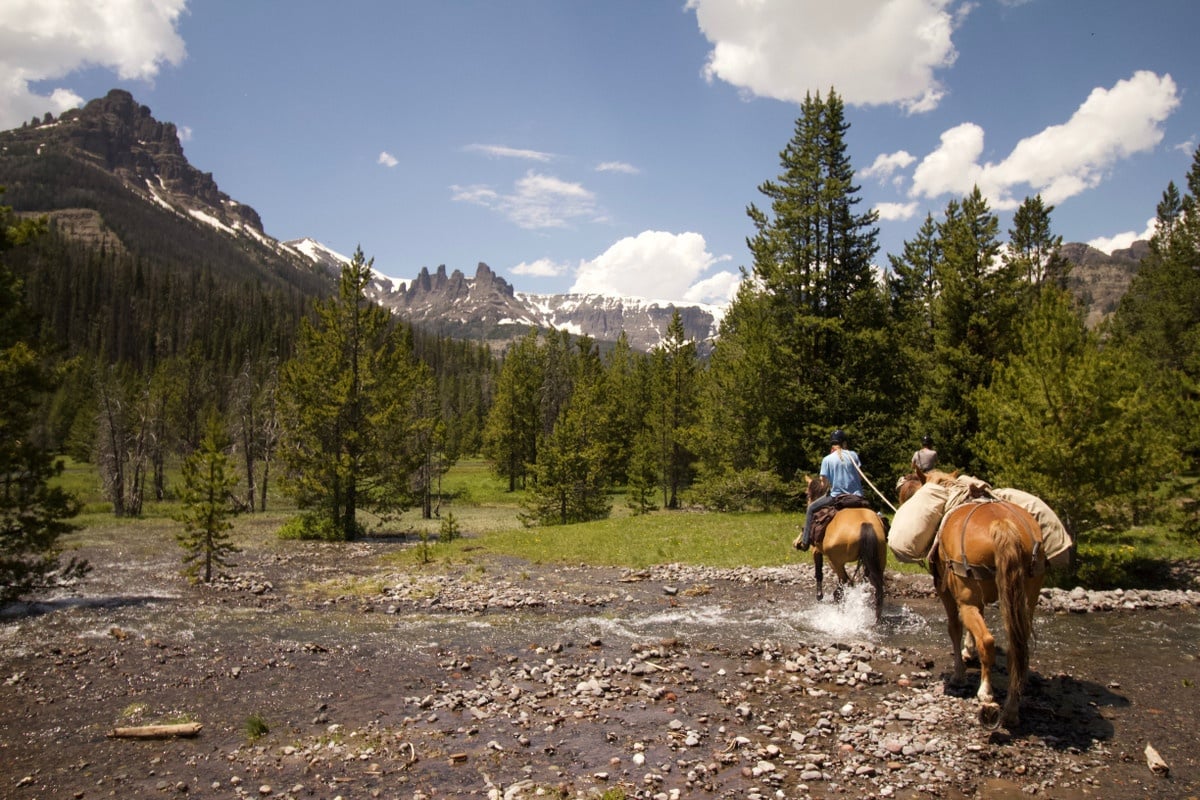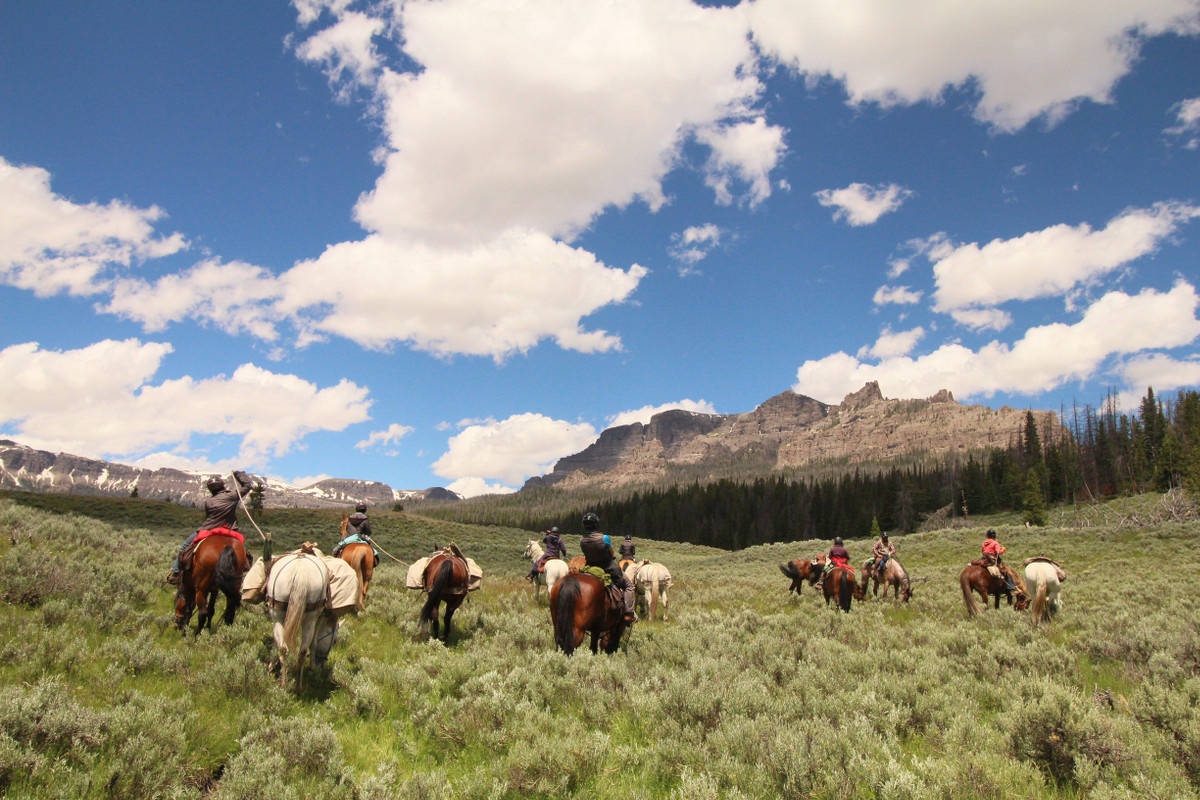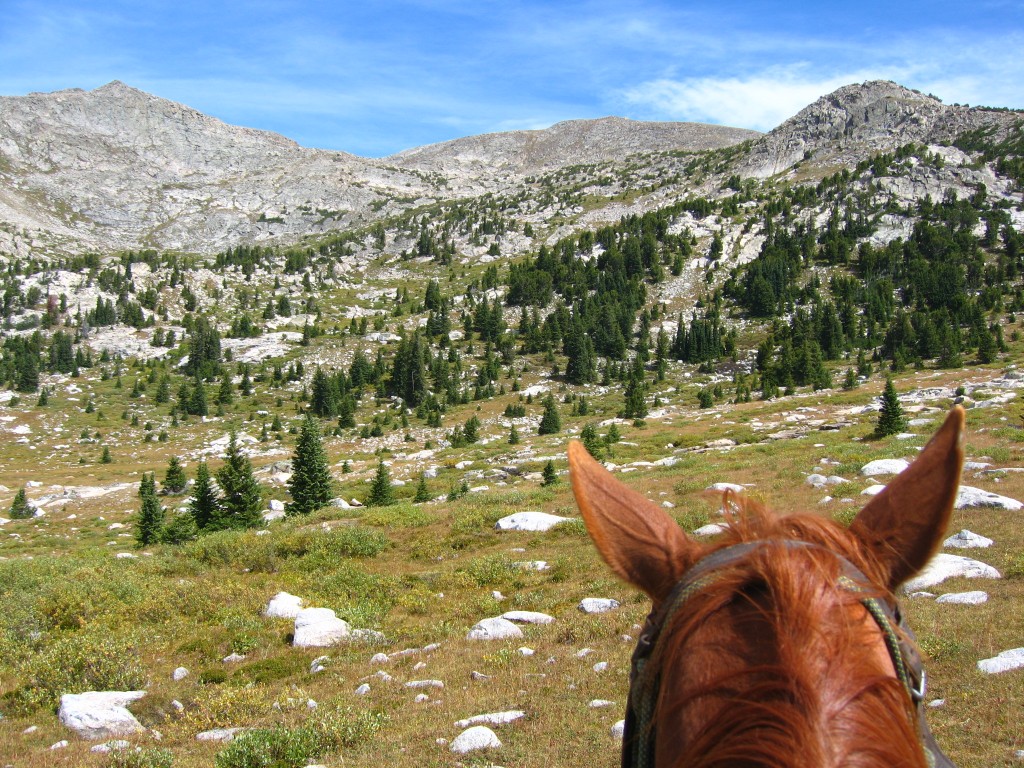 From Cooper's perspective. Photo by Austin Hardin.
From Cooper's perspective. Photo by Austin Hardin.
There were several reasons I picked a horsepacking course with NOLS. I had first considered backpacking, but after thru-hiking the Appalachian Trail several years ago with a pack weight of 35 pounds or less, I knew I wasn’t up for the rigors of carrying 40% or more of my body weight on a traditional backpacking course. I also had an AmeriCorps award that would cover part of the course tuition that I needed to use before it expired. I’d never been to Wyoming, and I always enjoy exploring new places, but the biggest draw was the opportunity to experience the backcountry with horses.I’m not sure exactly how the instructors decided which horses to pair us up with, but I couldn’t have asked for a better horse than Cooper.
He’s a big sorrel quarter horse with a white blaze on his face, and he bears an uncanny resemblance to my favorite horse from my childhood, King Hankins (Hank). Hank was my dad’s horse. Quick, agile, and powerful, I loved to watch my dad work Hank in the corral on the lunge line and, if I was lucky, he’d let me ride Hank during his cool down.
Although I never had a horse of my own, Hank might as well have been. I spent so much time around Hank that he and my cat Toby became really comfortable with each other. Sometimes I would see Toby walking between and around Hank’s legs, both creatures completely at ease. That was my first realization of a horse’s capacity for understanding and connection.
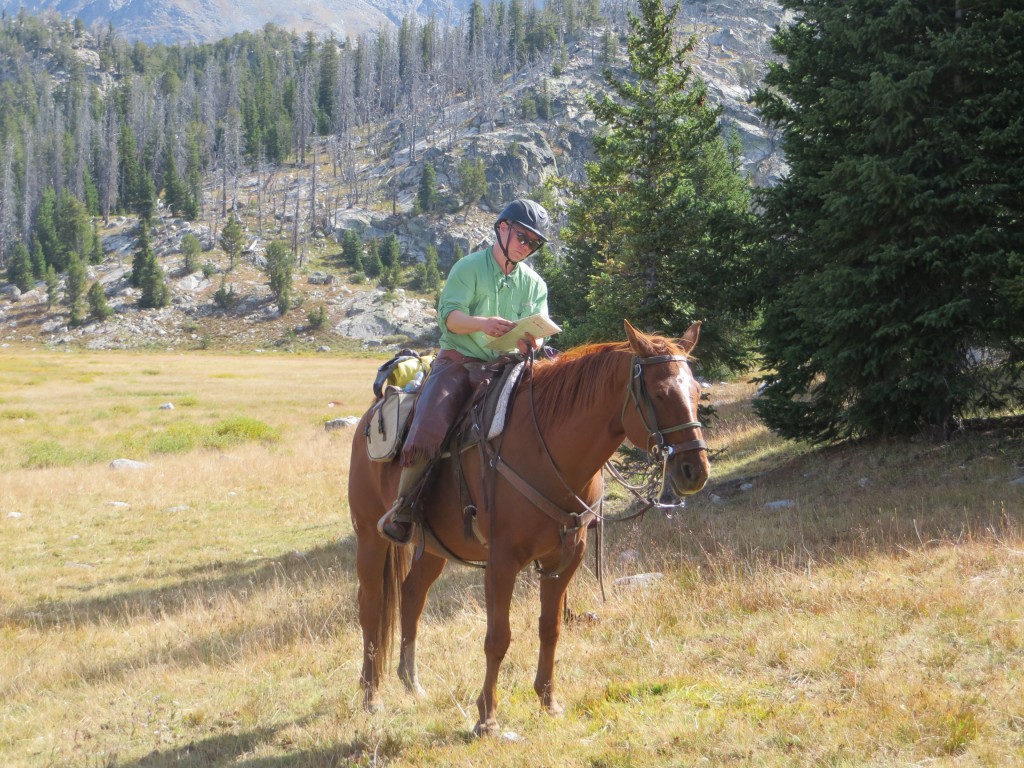 Map reading on horseback. Photo by Peggy Johnson.
Map reading on horseback. Photo by Peggy Johnson.I was thrilled to be paired up with Cooper, until the first time I went to catch him in the corral at the ranch. Apparently, he doesn’t really care for walking in circles in the arena, because he’d rather be out in the wilderness. Maybe for Cooper, arena work is like being stuck indoors running on a treadmill when you’d rather be running outside on a trail. I can totally relate to that.
Cooper has strategies to avoid arena work, or at least delay getting to it for as long as possible. As I tried to get close enough to put a lead rope around his neck, he walked the other direction. Cooper is also really skilled at sandwiching himself between two horses facing the opposite direction from him, among other evasive maneuvers.
Fortunately, the instructors let me know that patience and persistence would eventually pay off. They gave me support and encouragement, and I could see that Cooper would let me get a little closer with each approach. Eventually, I got the halter on him and we continued our work.
We caught and released horses multiple times during our few days at the ranch, and each time it was a little easier to catch Cooper. Once we were in the field, the hardest part about catching him was knowing I was making him walk away from his breakfast table – the lush grasses he grazed on at every opportunity.
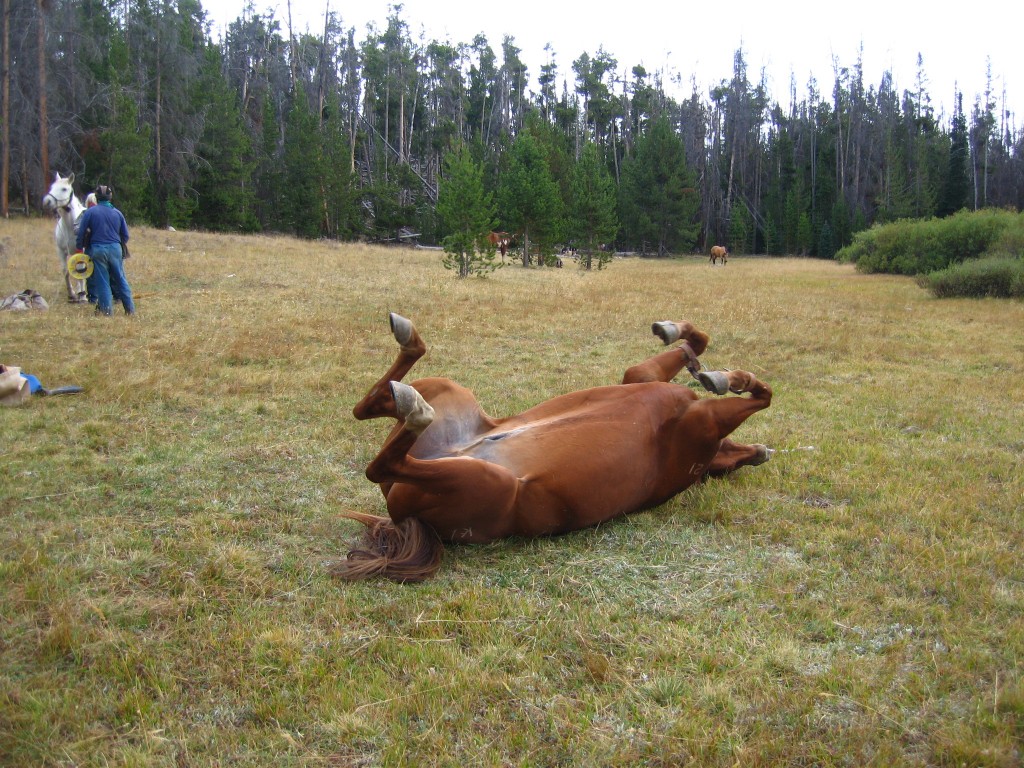 Rolling in the grass. Photo by Austin Hardin.
Rolling in the grass. Photo by Austin Hardin.
Cooper was a delight to ride and he was almost intuitive about slowing and waiting for the pack horse I was leading to navigate challenging terrain. Loading and unloading the pack horses, and tacking and untacking the ride horses each morning and evening at camp was hard work, but worth it for the time I got to spend in the saddle.
One of the best things about horsepacking is being able to look around and take in your surroundings on horseback. Unlike backpacking, where you spend a lot of time watching your footsteps, whether you’re the lead horse in a group or near the back, most of the time you’re able to soak in the scenery, and the Winds are simply amazing country.
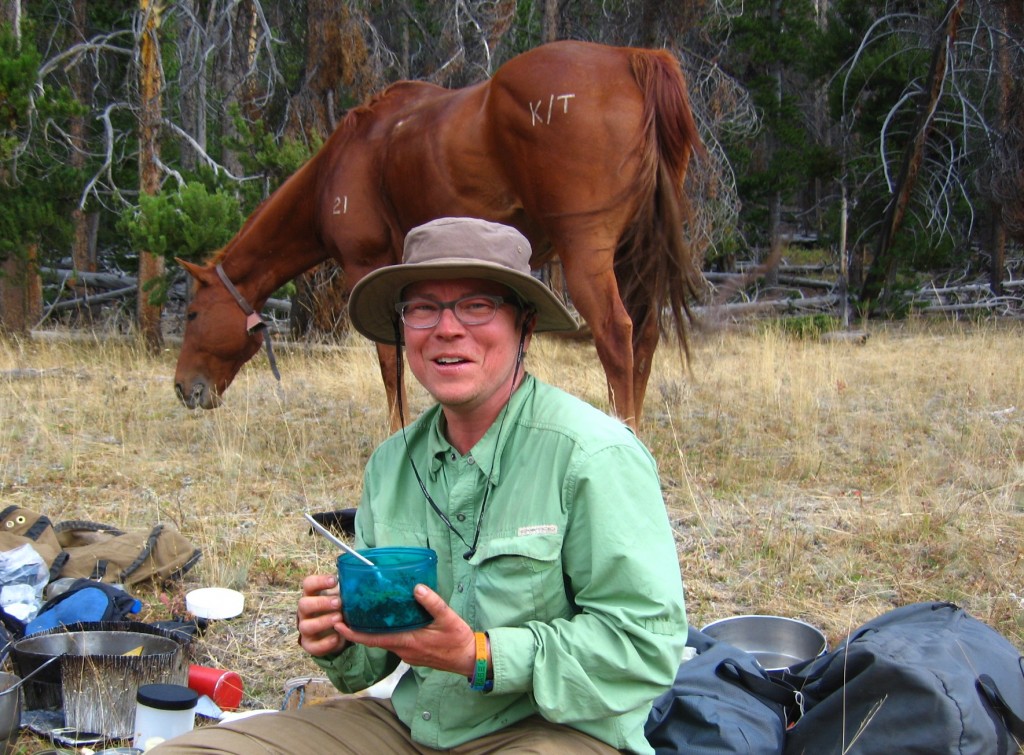 Dinner with Cooper. Photo by Shelby Johnson.
Dinner with Cooper. Photo by Shelby Johnson.
One of my favorite sights at the end of each day’s ride, after Cooper was released, was seeing him drop for roll in the grass, then get up and shake, the same way my dog does. Often, I would see several horses laying down in the grass, napping, again, much like a dog. I loved seeing Cooper and the other horses so relaxed, happy, and restful as they roamed and grazed through the campsite each night.
Although we spent only a short time together, I grew quite fond of Cooper, and was so appreciative of his contribution to my NOLS experience. As I was walking through camp one evening, an instructor said, “Cooper’s watching you,” and I like to think the feeling was mutual.
Learn more about NOLS expeditions for adults.
 Running free. Photo by Austin Hardin.
Running free. Photo by Austin Hardin.
Written By
Austin Hardin
Hardin is an avid hiker, backpacker, and budding woodworker who is working toward a life where he can do more of those things and less sitting at a desk in an office.


